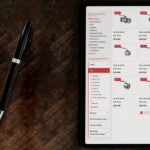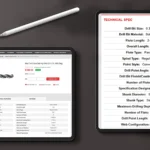Unlock E-Commerce Success: How Taxonomy Hierarchy Can Skyrocket Your Sales
altiusnxt
on
March 25, 2025
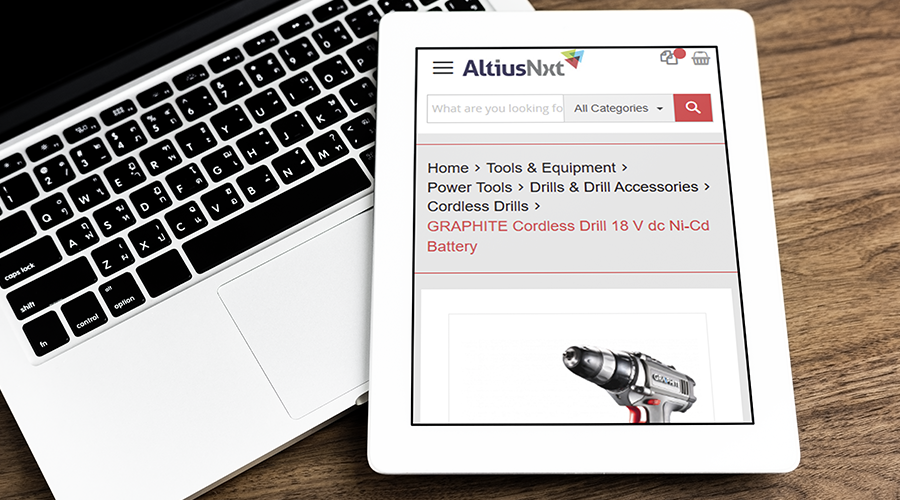
In the fast-paced world of industrial distribution, e-commerce has become a crucial platform for businesses to reach their customers. With the vast array of products available, it’s crucial to organize your online store effectively. This is where product taxonomy hierarchy comes into play—a powerful tool that can boost sales and enhance the customer experience.
Understanding Product Taxonomy Hierarchy
Product taxonomy hierarchy is the structured organization of products into categories and subcategories, forming a logical framework that helps guide customers as they navigate your e-commerce site. For industrial distributors, this means carefully categorizing your vast inventory of products, from power tools to bearings, in a way that makes sense to your customers.
The Impact on Sales
A well-structured product taxonomy can significantly impact your bottom line. Studies show poorly architected retailing sites sell 50% less than better-organized sites. Implementing a well-organized taxonomy enables you to achieve the following outcomes:
- Improve product discoverability
- Enhance user experience
- Builds Trust
Best Practices for Industrial Distribution
1. Clear and Intuitive Categories
Start with broad, overarching categories that make sense for your industrial products. For example:
- Power Tools
- Fasteners & Hardware
- Material Handling Equipment
- Bearings & Power Transmission
2. Logical Subcategories
Break down your main categories into subcategories that guide customers to specific products. For instance, under “Power Tools”:
- Drills
- Saws
- Grinders
- Sanders
3. Detailed Product Attributes
Use attributes to help further refine product searches. For bearings, this might include:
- Product Type (ball, roller, thrust)
- Chuck Size (inner diameter, outer diameter)
- Battery Capacity
- Drilling rating
4. Real-World Example: Power Tools Hierarchy
Let’s look at how a taxonomy hierarchy might work for power tools:
- Power Tools > Drills & Drill Accessories > Cordless Drills > Graphite Cordless Drill 18V dc Ni-Cd Battery
- This structure allows customers to quickly navigate from the broad category to the specific product they need.
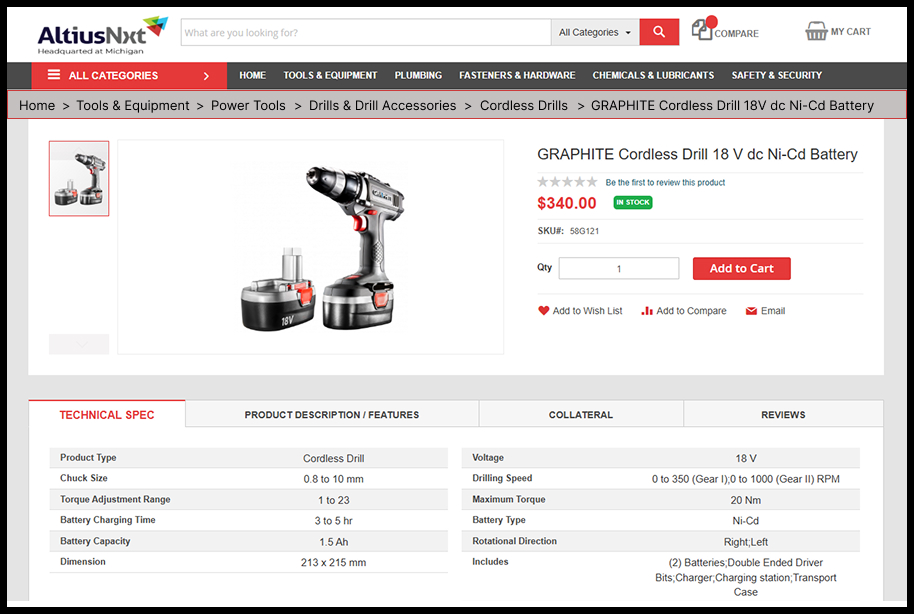
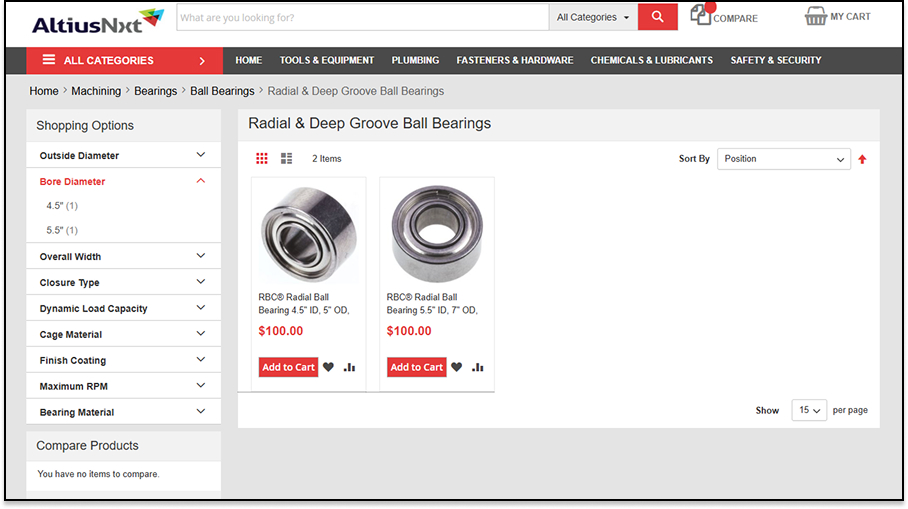
5. Implementing Faceted Navigation
For large industrial catalogs, consider implementing faceted navigation. It allows customers to filter products based on multiple attributes simultaneously. For example, when searching for bearings, a customer could filter by:
- Type: Ball bearings
- Bore Diameter: 4.5″
- Bearing Material: Stainless steel
- Dynamic Load capacity: 750 lbf
The Role of Search and SEO
A well-organized taxonomy not only helps customers navigate your website with ease but also enhances your search engine optimization (SEO). Integrating relevant keywords into your category and product names increases the chances of your products appearing in search results.
Continuous Improvement
Remember, your product taxonomy is not a one-time setup. As your product line evolves and customer needs change, taxonomy should adapt. Analyze user behavior and search patterns to refine your hierarchy and ensure it continues to serve your customers effectively.
By implementing a robust product taxonomy hierarchy, industrial distributors can create a more intuitive and efficient e-commerce experience. This not only leads to increased sales but also builds customer loyalty and sets your business apart in the competitive world of industrial distribution. Never overlook the importance of organization; it could be the key to unlocking the full potential of your e-commerce success.
- Category: Blogs






